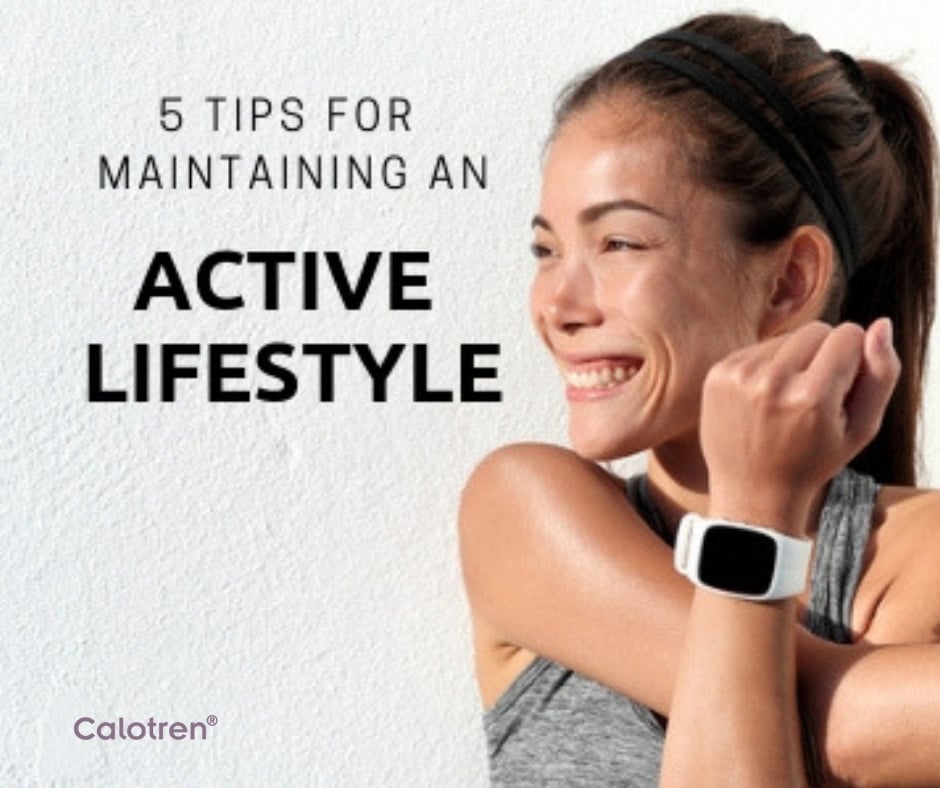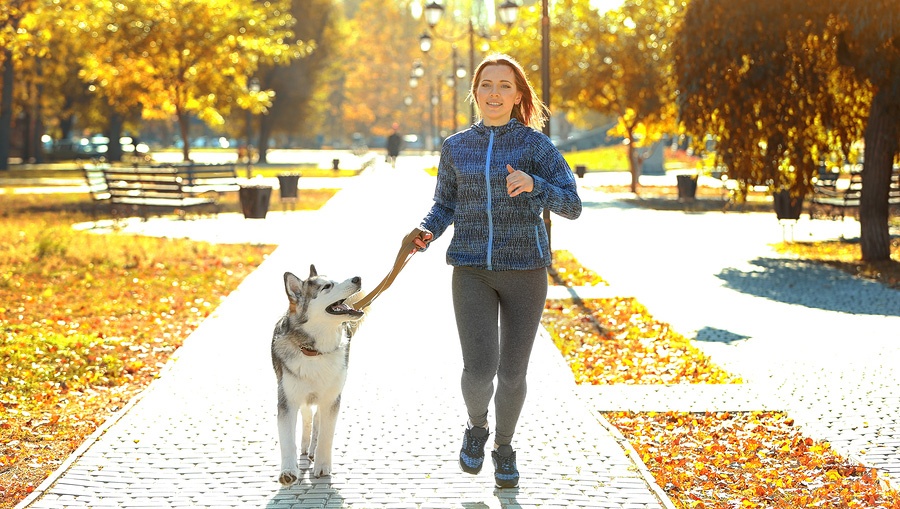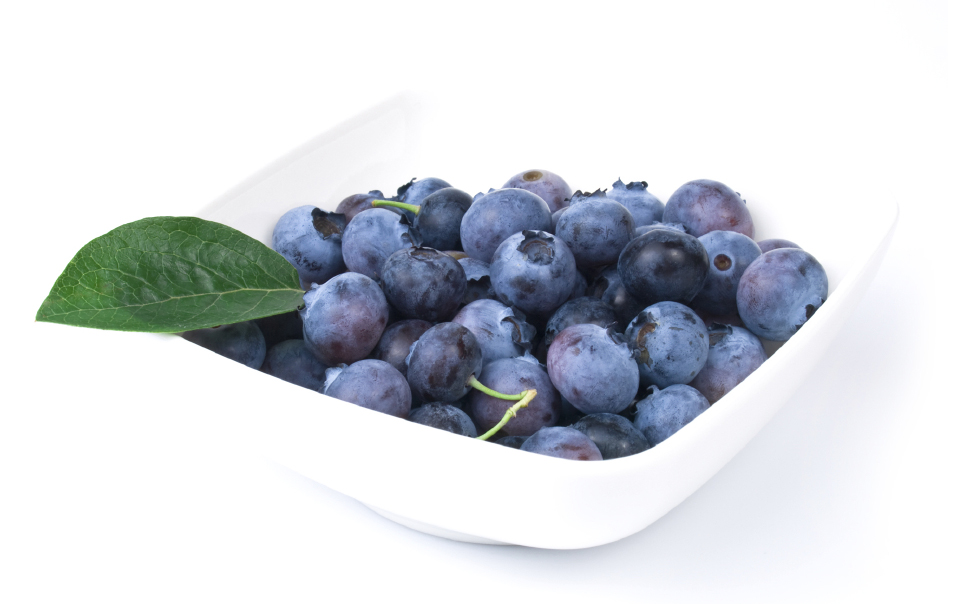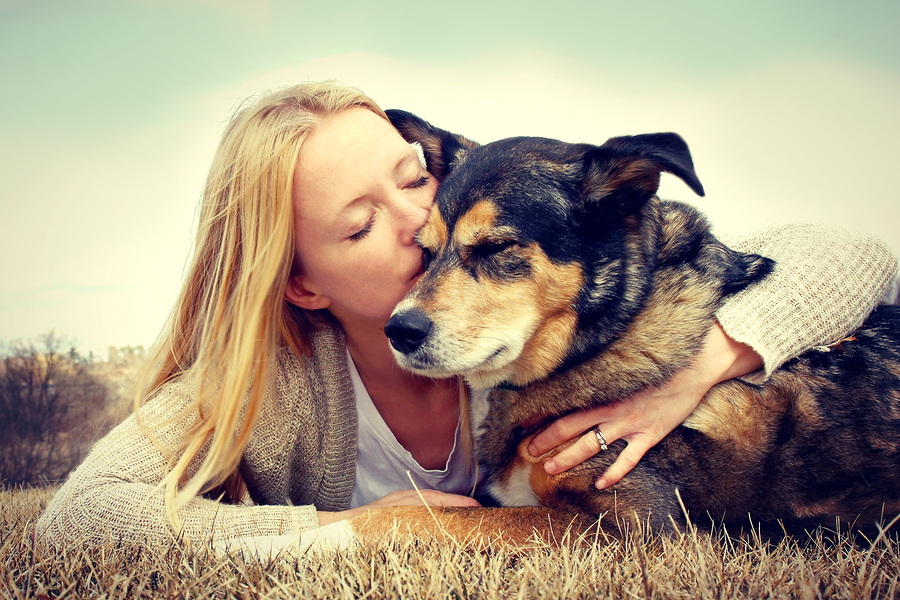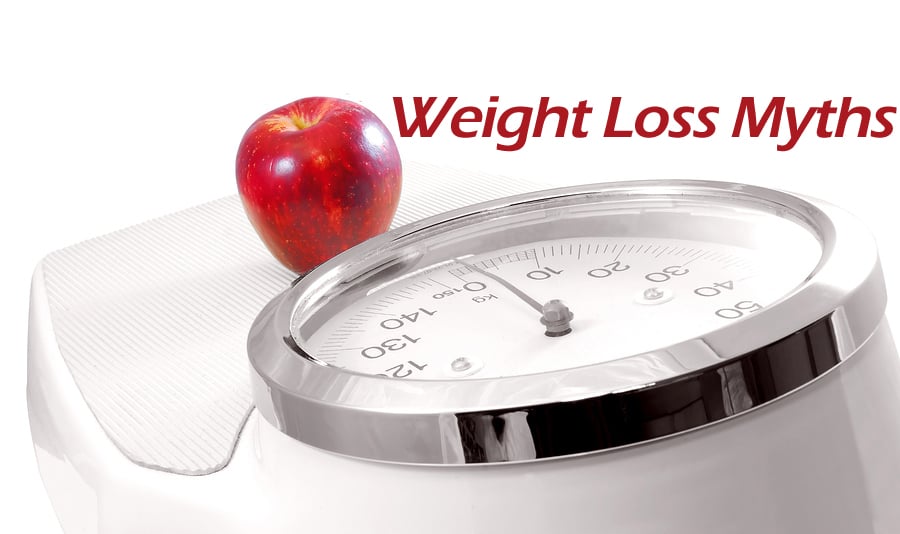7 Ways to Boost Your Metabolism
By Elizabeth Miller on February 01, 2019
5 Tips for Maintaining an Active Lifestyle
By Callie on January 18, 2019
For some of us, being active is easier said than done. Sure, we might be able to push ourselves to be more active for a little while, although sticking to it is another story. But there are so many benefits to staying active, especially as you age.
How To Get 10,000 Steps A Day
By Alex Parks on June 23, 2016
How many steps a day should you take? 10,000 steps per day is recommended by the American Heart Association and Centers for Disease Control to help keep you fit and free of disease. 10,000 steps a day is roughly 5 miles; by getting in these steps daily, not only do you lower your BMI (Body Mass Index), increase your energy levels, or lower your risk of type II diabetes and heart disease, but you also put yourself in a place to loss one pound a week.
10 Holiday Tips To Keep Your Pets Safe
By Elizabeth Miller on November 10, 2015
The holidays are an exciting and busy time of the year, but don't get so busy that you forget your furry family members. They need a little extra consideration, especially if you're planning on lots of decorations or having family and friends over for parties. These ten tips can help keep the holidays jolly for all members of your family - including those with four legs.
- Be sure to secure your Christmas tree. If your pet is allowed in the same room with the tree, be sure it won’t tip over easily if bumped by a swishing tail. If you go in for a live tree, be sure they can’t get to the water reserve. Preservatives to keep the tree alive can poison pets, plus stagnant water is a breeding ground for bacteria.
- Don't skip your healthy routine. Just because it's the holidays, that doesn't give you an excuse to skip out on your health routine - or your pets'. One of the best stress relievers for either of you is to just get out and go for a walk. (Plus, you get a chance to walk off that extra holiday cookie.) Even though things may be crazy at home, be sure to give them the exercise they need. Not only will they be more calm, they'll rest better at night.
- Avoid tinsel. If you have furry friends, it’s best to forgo the tinsel on the tree for a couple of reasons. First, that shimmering glow attracts your pets’ attention – as does the movement. They might want to investigate further and tip over the tree harming themselves or causing damage. Also, though it may look harmless, it can twist and bunch in their intestines if eaten.
- No mistletoe, holly or poinsettias. All of these plants – though festive – can harm your pet. Poinsettias can cause severe stomach upset, while mistletoe and holly can be deadly.
- Don’t leave lit candles unattended. There are two sets of dangers with this. One, if the candle is low enough a furry tail could accidentally swipe too close to the flame. For another the scent, the flickering light and the warmth all attract your furbaby’s attention. If candles are up, out of harm’s way and not left unattended you can avoid dangerous accidents.
- Keep table scraps and “people treats” out of reach. There are several dangerous foods lurking around your holiday table that can be harmful and even deadly to your four-legged family members. These include turkey skin, bones, chocolate, raisins, grapes, onions, garlic, sugar free baked goods (especially those with xylitol), currants, alcohol, macadamia nuts and coffee. Keep these foods out of reach and warn guests not to feed them anything but pet treats.
- Give them a safe place away from festivities. This isn’t just for pets that are easily excited. Older pets can get anxious with too much activity going on – especially young children if they aren’t used to them. Give your pets a safe, secure area away from the party to rest and/or hide.
- Keep medications and supplements out of reach. You know that your medications should be kept out of reach of children and pets, but don't forget about vitamins and supplements, as well. For example, many of us reach for appetite suppressants this time of year and tend to leave them on the counter as a reminder. This isn't a great idea with curious pets around. Store them up and out of the way until needed.
- Keep electrical cords out of reach. If you have a young pet who still likes to chew, be sure to keep all electrical cords well out of reach.
- Don’t hang pet stockings up too early. If you like to give your pet a treat and/or toy in his stocking each year, be sure to wait to fill it until the last minute. They could cause damage or injure themselves climbing up to see what’s inside. If you’ve used the same pet stocking in years past, you’ll want to avoid hanging it up early even if it’s empty. The smell of treats can linger, and your furbaby might try climbing to check it out.
3 Ways to Keep your Fitness Goals in Check on Summer Vacation
By Elizabeth Miller on July 09, 2015
8 Natural Ways To Lower Blood Sugar
By Elizabeth Miller on April 27, 2015
Your last checkup went great, but your doctor said she's a little concerned about your blood sugar levels. You're not ready for medicine, but she wants you to try to get it under control before it becomes a problem – what do you do? Luckily, there are a few easy, natural steps to get your levels back to normal and help keep them there.
10 Ways Pets Keep Us Healthy
By Elizabeth Miller on April 03, 2015
Without a doubt, we love our pets. It's estimated that Americans will spend over $60 billion dollars on our furry friends this year; that's an average of about $500 per family. The great news is that it's money well spent; besides being our best friends, pets are a great boost to our overall health. Here are 10 ways our pets help us every day.
- Happiness. Anyone who's ever owned a dog can tell you, they're absolutely thrilled when you walk through the door. It doesn't matter if it's been 8 hours or 8 minutes, they practically wiggle themselves off their feet wagging their tails so hard. That kind of love makes us happy...it makes us smile...which is always good for you mentally and physically. The physical effects from that love include lowered cortisol and raised seratonin levels.
- Lowered Blood Pressure. As odd as it may sound, the simple act of petting your furbaby can result in a drop in blood pressure. Researchers have found that the effects aren't just temporary; pet ownership has longer lasting effects on your cardiovascular health.
- Healthy Heart. Studies have shown that dog and cat owners have a lower risk of dying from cardiac disease – including heart failure - than non-pet owners.
- Friend Magnets. It's almost impossible for a dog lover to pass up the opportunity to speak with someone walking a dog. They're just furry little magnets for conversation, and make it much easier to meet new people.
- Mental Health Boost. Many organizations now recognize the benefits of service animals for more than just physical disabilities. Therapists have been known to actually prescribe a pet as a way of dealing with depression, and some retirement and nursing facilities have pet visitation days for their patients. Some organizations specifically deal with military veterans. Paws and Stripes, for example, is a non-profit organization providing service dogs for wounded military veterans with post-traumatic stress disorder and traumatic brain injury.
- Exercise. Most dog owners will tell you that it's almost impossible not to get at least a little exercise every day. Just two 15-minute walks a day will get in your recommended 30 minutes of exercise without even trying hard.
- Fewer Allergies & Better Immune System. If your little one is begging for a pet, it may not be a bad idea to give in. Children raised on farms or in homes with a cat or dog, have higher level of certain immune system chemicals. That makes them less likely to get sick as children or as adults. Researchers have also found that they're also less likely to develop allergy problems.
- Children With Autism. New research finds autistic children who have a pet at home have much more advanced social skills and are more assertive and communicative than autistic children who do not have an animal companion.
- Assistance for the Disabled. The role of service dogs has greatly expanded in recent years beyond only guide dogs for the blind. There are now trained seizure dogs who can either lie down on the patient to prevent injury or are trained to fetch help for children sometimes before the seizure even starts. There are also dogs trained to sense cardiac issues and low blood sugar as well as those who turn on lights, open doors and pick up small items from the floor.
- Chronic Pain. Petting your four-legged family member also helps release endorphins, which can be powerful pain relievers. Caring for your pet also helps distract you from chronic pain.
Spring is Here: Get Out and Get Fit
By Katie on March 30, 2015
The sun is out and it’s a beautiful day. Ditch the gym, the treadmill, or the elliptical! Instead burn calories with fun outdoor activities. With bathing suit season inching closer and closer, now is the time to enjoy the changing seasons and get your body toned. Many common outdoor activities can help you to burn calories.
Remember, the rule of thumb for weight loss is reducing 3,500 calories equals a loss of one pound. Therefore, if you can burn 500 calories a day while maintaining your normal diet, you can loose one pound a week. Here are a few outdoor activities that can help you on your way. Calorie counts are based on a 150-pound woman.
Planting seeds, shrubs, and trees to freshen your gardens and get your yards looking great burns 300 calories in one hour of work.
Frisbee is a great outdoor activity that is fun and gets your heart rate up. A causal game of Frisbee with the kids or neighbors while you barbeque burns 200 calories in one hour of play.
Weeding the gardens you have planted also helps with your weight loss goals. One hour of pulling weeds totals 300 calories burned.
Biking is a fun and relaxing way to get out and exercise. One hour of riding a bike burns a little more than 400 calories.
Golf is not for the faint of heart, but those of us who love the peaceful yet challenging sport can burn 400 calories in one hour on the course.
Hiking around a beautiful lake or up a mountain to take in the sights is another great outdoor activity. Hiking for one hour burns 370 calories.
Canoeing is a spring and summer favorite for outdoor enthusiasts. Rowing your boat for one hour can burn up to 850 calories.
Tennis is great for getting fit in the warm months of the year. Grab a friend and hit the courts for one hour; you’ll burn nearly 300 calories in just thirty minutes.
Most all of us are ready to get out and soak up the warm sun. Enjoy some of these calorie-burning activities, while you reap all the benefits of exercise and get your daily dose of Vitamin D.
5 Tips for Better Sleep
By Katie on March 17, 2015
Sleeping well greatly contributes to our attitude, performance, and contentment throughout the day. However, in our busy lives, there are many factors than can interfere with proper sleep. Finances, relationships, family commitments, work responsibilities, and many other things can put a strain on our ability to lie down and fall asleep peacefully.
The National Sleep Foundation tells us that having good “sleep hygiene” can make a big difference in our quality of life. In other words, we need to develop healthy sleep habits and stick to them consistently to improve and maintain our quality of sleep. Listed below are some of those habits that when done on a regular basis can lead to much better sleep.
1. Develop a sleep schedule. Figure out what time you naturally feel tired and go to bed at that time every single night. Get up in the morning at the same time every single morning. If you feel tired during the day, take a short nap in the early afternoon, no more than thirty minutes long.
2. Exercise daily. Regular physical exercise can help you fall asleep faster and enjoy deeper sleep. Any time of day is fine, but avoid exercise right before bed, and never exercise at the expense of sleep.
3. Limit what you consume just before bed. Avoid cigarettes, alcohol, or heavy meals. Caffeine, alcohol, and cigarettes disrupt sleep. Heavy meals, especially those containing spicy foods, can cause discomfort with digestion, making it hard to sleep. Try to finish eating and drinking 2-3 hours before you lie down to give yourself plenty of time for digestion and to limit bathroom trips when you are trying to sleep.
4. Establish a bedtime routine. Read a book, take a warm bath, do some light stretches, or work at your favorite hobby. Avoid television or technology just before bed; items such as phones and tablets can actually be stimulating making it much harder to fall asleep.
5. Get comfortable. Make sure your mattress and pillow meet your expectations for what feels good. A good quality mattress typically last 10 years. Invest in a new one if you need it. Keep your room cool and dark. Sleep in clothing that meets your own personal needs for comfort and temperature control. Use a fan, sound machine, or earplugs if necessary to create an environment free from noisy disruptions.
Use these tips to develop effective sleep hygiene and reap the benefits of a good night’s sleep.
7 Weight Loss Myths
By Elizabeth Miller on February 20, 2015
Some weight loss myths persist even though they've been proven wrong time and time again. We've included seven that you can stop worrying about.
- Lose belly fat by doing sit ups. Wrong. Exercise strengthens muscles and is good for you, but trying to “spot reduce” belly fat with sit ups just doesn't work. To get rid of belly fat you need to engage in cardiovascular or aerobic exercise. You’re going to have to burn calories throughout your body to reduce your midsection through exercise.
- Avoid all fat. Wrong. Yes, animal fat and other saturated fats have been linked to health issues like heart disease, however let’s not throw the baby out with the bathwater. Monounsaturated fats like olive oil, canola oil, avocados and nuts have been shown to help lower bad cholesterol levels and more.
- Snacking causes obesity. Wrong. Okay, if you’re grabbing chips and candy bars out of the office vending machine, then yes…this would be bad for you. If, however, you’re snacking smart you’re on the right path. Eating a healthy, low-calorie snack when needed can help keep you from over-indulging at mealtime. If you’re starving now, by the time you get to dinner you may be so hungry that you make poor choices or overeat. A high protein snack like low-fat cheese or nuts can also be just the energy pick-me-up you need to finish your day.
- All carbs are bad. Wrong. Don’t lump all carbohydrates into the same white bread loaf. Whole grains, brown rice, beans and veggies provide a host of nutrients and fiber, are low in calories and can help reduce the risks of some types of diseases. Plus, the body uses carbs as fuel during exercise to burn body fat. Try to avoid processed carbs, however such as those high in sugar and white flour.
- Eating (celery, lettuce, grapefruit) will burn fat. Wrong. Foods don’t burn fat. Basically, a calorie is a calorie is a calorie – sort of. (We’re not talking about “empty” calories like those in sodas or candy…those are just a waste of space.) There are just no specific foods that increase your metabolic rate.
- Going hungry is the only way to lose weight. Wrong. Crash diets just don’t work. While you may see some results, most people gain back any weight shortly thereafter. It’s just too hard to maintain that lifestyle. You’ll be tired and hungry and eventually give in to foods that are probably high in sugar and fat.
- Foods labeled “reduced fat” are always better. Wrong. Reduced fat foods don’t have to meet specific labeling criteria. While they may contain less fat that the full fat version, that doesn't necessarily make them healthy. Many are packed with extra sugar and may have unhealthy chemicals or additives to make them taste better. Plus, they may have more calories and fat than something truly healthy like a piece of fruit or cheese.
10 Ways To Drop 10 Pounds
By Elizabeth Miller on July 28, 2014
We often sabotage our weight loss goals before we even get started. “I can never eat cake again!” That makes us stop before we start, or dread every day. That’s no way to live. Losing weight is all about the small steps – steps you can live with every day. Being skinny by next month isn’t the goal…STAYING HEALTHY FOR LIFE is what we strive for. That being said, here are 10 easy ways to lose 10 pounds.
Top Tips To Control Your Weight
By Jen Hazelwood on June 24, 2014
While losing weight and "looking great" is the goal of many people, as we get older our reasons for weight loss may change dramatically. Studies show that over 60% of Americans are overweight and more than 30% are actually considered obese. The impact to our health is frightening. The risks of heart disease, diabetes, high cholesterol, certain cancers, back and knee pain are just a few of the health issues directly linked to our weight. These medical conditions not only affect our energy levels and overall sense of wellness, they can actually take years off our lives.
6 Tips For a Healthy Summer
By Elizabeth Miller on June 10, 2014
Warm weather - FINALLY! Time to dig out those summer clothes...sleeveless shirts, shorts and bathing suits! Get excited about this time of year again! Remember, just a few lifestyle changes can make a BODY CHANGING DIFFERENCE!


